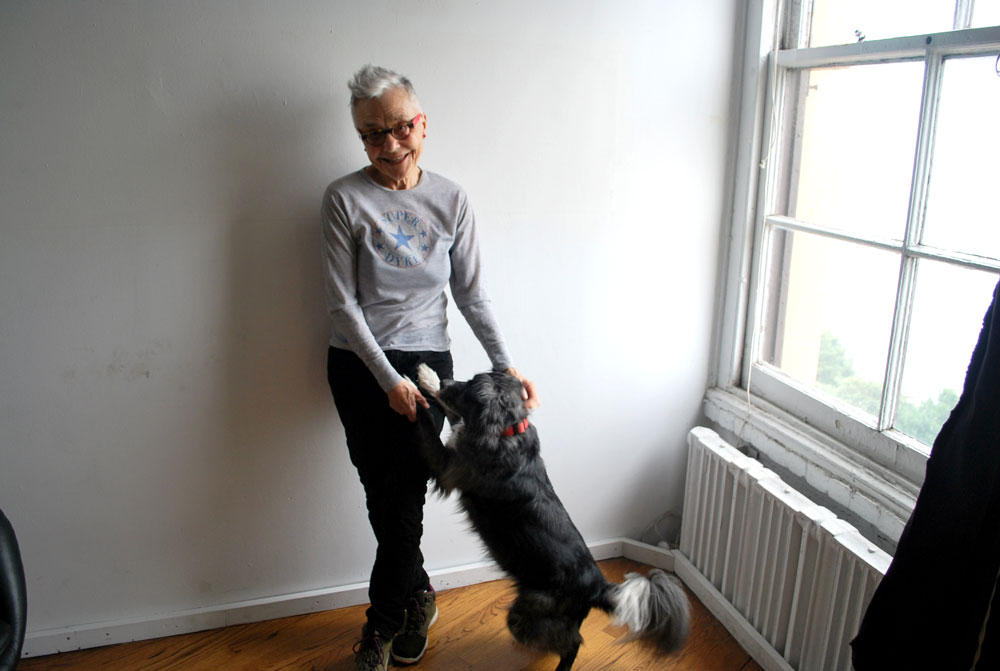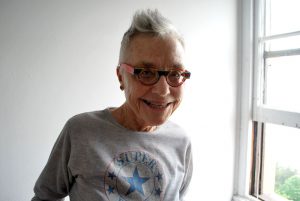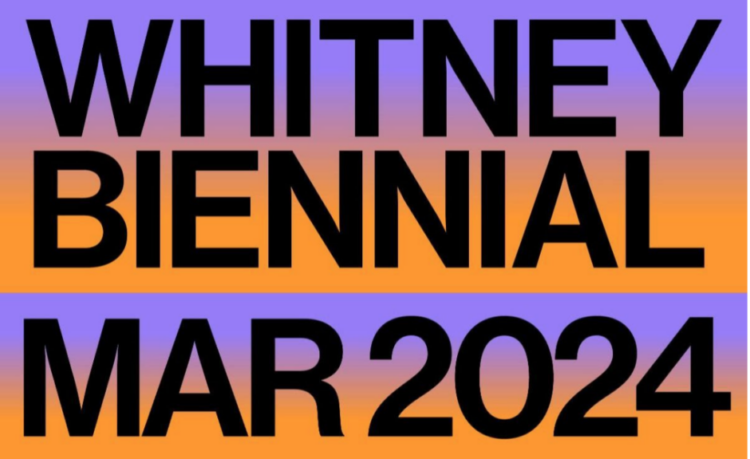Barbara Hammer on the Art of Giving Back

When Creative Capital began in 1999, the goal was to create an organization self-sustained by artists. As some artists began earning money from their projects’ success, they could reinvest those resources back into the organization’s work with new artists. Filmmaker Barbara Hammer ran with the idea, and she became the first awardee to donate money she had earned from her project back to Creative Capital.
In this interview, Barbara told us that it was not only a way for her to give to a future generation of risk-taking artists like herself, but it helped her think about her budget at the end of a project’s lifespan. Today, Barbara’s example has helped us think about the kinds of artists we seek to support, and Creative Capital’s responsibilities to sowing a community of self-sustaining artists.
How Creative Capital Helped My Project
The project Creative Capital funded, Resisting Paradise, was fabulous because it was a large project. I wanted to look at artists during World War II, and those who resisted, if there were any, and those who continued to make their art during the time of the Vichy occupation of southern France. I was very keen on going to southern France because light influences my filmmaking so much. I wrote a grant for the Camargo Foundation focused on the light—the light drew painters out of dark, melancholy Paris. There was Matisse, there was Bonnard. While there, I found letters that they wrote to each other in the Matisse Museum in Nice.
On the weekends we would take trips to all the artist establishments along the coast. The letters were in French. Creative Capital allowed me to go and take this residency. It was also supportive when I got a Radcliffe Fellowship at the Institute for Advanced Study. This was the year that I brought all my material together, the material that I shot in France. An undergrad woman helped me do a translation of the journals, helped me get books from the library, and other things.
With the money I had from Creative Capital I was able to build on it. Then, I went back to them and said, “I need more to go to this show, or get more prints made.” At the time, I was exhibiting in 16mm film—rarely done in 2000, 2001, when the film was released. Even though I shot the interviews in video, I had them transferred (after I edited them) to film. So really it’s a film project. Except for Generations, which I did with Gina Carducci, about old and youth working together, Resisting Paradise was my last solitary, artist-driven, solo 16mm project.
The Impact of Resisting Paradise
Resisting Paradise asks, what does an artist do during a time of war? This is crucial to all working artists. We have to make that decision: how much do we bring politics into our work, at what point does it become propaganda? Is just working alone keeping the creative spirit alive during a totalitarian alive such as today, is that enough?
All these things can be answered either way, and they’re all valid, and they’re all good. The film has gone on to have a life. It was shown on Sundance Channel, back when Sundance selected good films. People from all over the US got to see it. I even got an email from somebody from a small town in California. That was very gratifying to have to work go out beyond the audience that already knew me. It recently played at a retrospective I had, at the Austrian film museum, a very prestigious showcase for film in Vienna, I had that film sent to Light Cone. Unfortunately, I don’t have French subtitles on the film. I believe I’ve used up all the Creative Capital juices.

Developing a Strategic Planning Curriculum for Creative Capital
Creative Capital was instrumental in my career development in several ways. First off, I was invited to give a presentation of my project Resisting Paradise at Skowhegan, where the first CC retreat was held. We were in an old barn. I love public speaking, and I got up and gave a wonderful talk, I guess, because afterwards Colleen Keegan—who works in professional development for artists, was just starting to form the program for Creative Capital—invited me to sit in her car with her.
We sat in the parking lot and she told me her plans, and she said that I would be a very good person to work in strategic planning. I had never heard of strategic planning, so I didn’t know what it was. She explained it to me as a way of thinking about your career in the future. You had to have an outline of where you wanted to go, to set goals, even write an obituary for yourself. In doing so, you think about how you want the New York Times to see you fifty years from then. This was all very interesting for me. I was just a little worried that it might be too professional, and too far away from the artist in the studio. That was my only hesitation.
But, I started going out on the workshops, and helping to develop strategic planning, especially around goal setting and communications, two areas that were of interest me. I saw that it was really helpful for other artists who were applying for the award, not necessarily people who received it. We went all over the US, wherever there was a need.
My History with Creative Capital
I worked with the Association of Independent Video and Filmmakers, where Ruby Lerner [Founding Director of Creative Capital] worked for a number of years before moving to New York. I was a board member, living in California at the time. I worked on issues of censorship and freedom of speech. We even published a magazine. Through that I formed a bond with Ruby.
When she formed Creative Capital, Ruby told me that the artists would give back money to the organization once their debts were paid and they begin to have income. I thought, “This is for me!” I’m very proud to say that I was the first artist to give Creative Capital a check.
This is a unique way for artists to participate. It goes way beyond the charitable contribution check you make at the end of the year. It also makes us responsible to our bookkeeping, because it forces you to know the percentage of increase you’ve had to determine how much to send the organization. More importantly, the money goes back to artists.
Creative Capital Inspired Me to Create My Own Grant
This is the beginning of the idea I had a year or two ago to start the Barbara Hammer Experimental Filmmaking Grant which was given for the first time last year, and will be given every year to a queer filmmaker through the Queer|Art organization—I was a mentor in their program in their first year of existence.
I also give a grant through the San Francisco State University Queer Institute within the film department for a queer or trans student. Those are very rewarding things.
